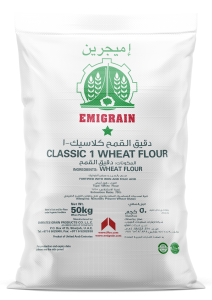Samoun
The name is a word borrowed from Turkish somun, which is itself coming from the Greek word psomos, a generic word for bread.
The samoon would seem to have emerged under the Ottoman Empire. A similar variety was known long before the eighteenth century, and was described as round and fleshy, according to Marianna Yerasimos, a graduate of the Faculty of Letters of the Department of Psychology in Istanbul, and author of the famous 500 Years of Ottoman cuisine, published in 2004.
In Baghdad, in the Middle Ages, brick oven bread, called khubz al-four (or furrani), had a shape similar to that of the Ottoman somun. The diamond shape would have been, it seems, developed by Iraqi bakers of the early twentieth century.
Perfect for this Recipe

Perfect for this Recipe

Perfect for this Recipe

Flour:
- 4 cups flour
- 3 tablespoons wheat bran
- 1.5 tablespoons active dry yeast
- 1 tablespoon sugar
- 1 cup warm water or more (at 95 F / 37˚C)
- 1 teaspoon salt
- ¾ cup buttermilk
- 3 tablespoons olive oil
- ¾ cup boiling water (in an ovenproof bowl)
To brush on top of bread
- 1 egg
- 1 tablespoon white vinegar